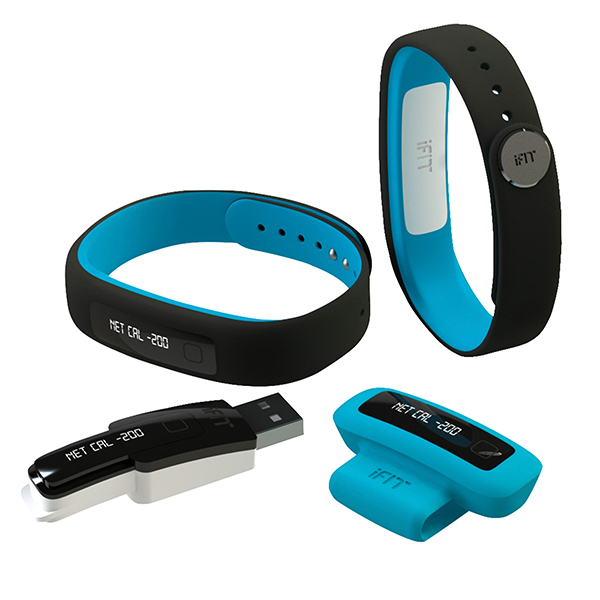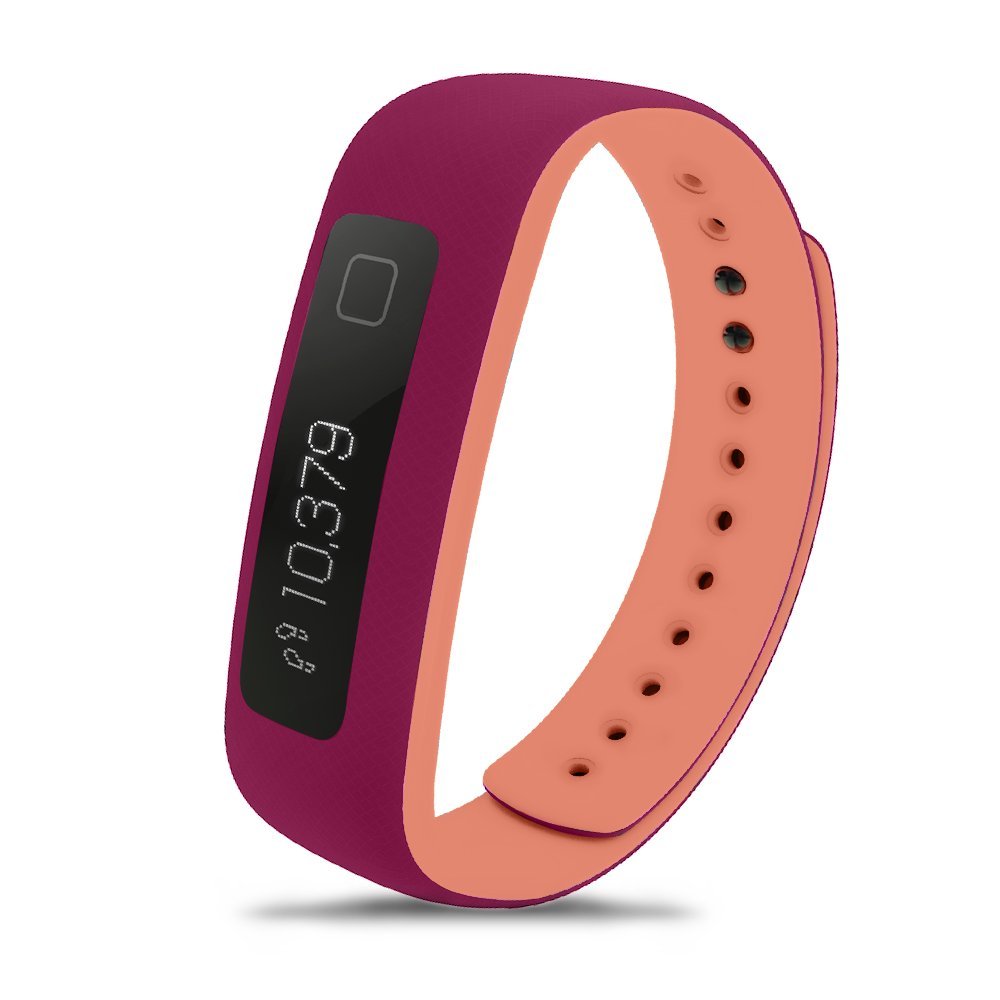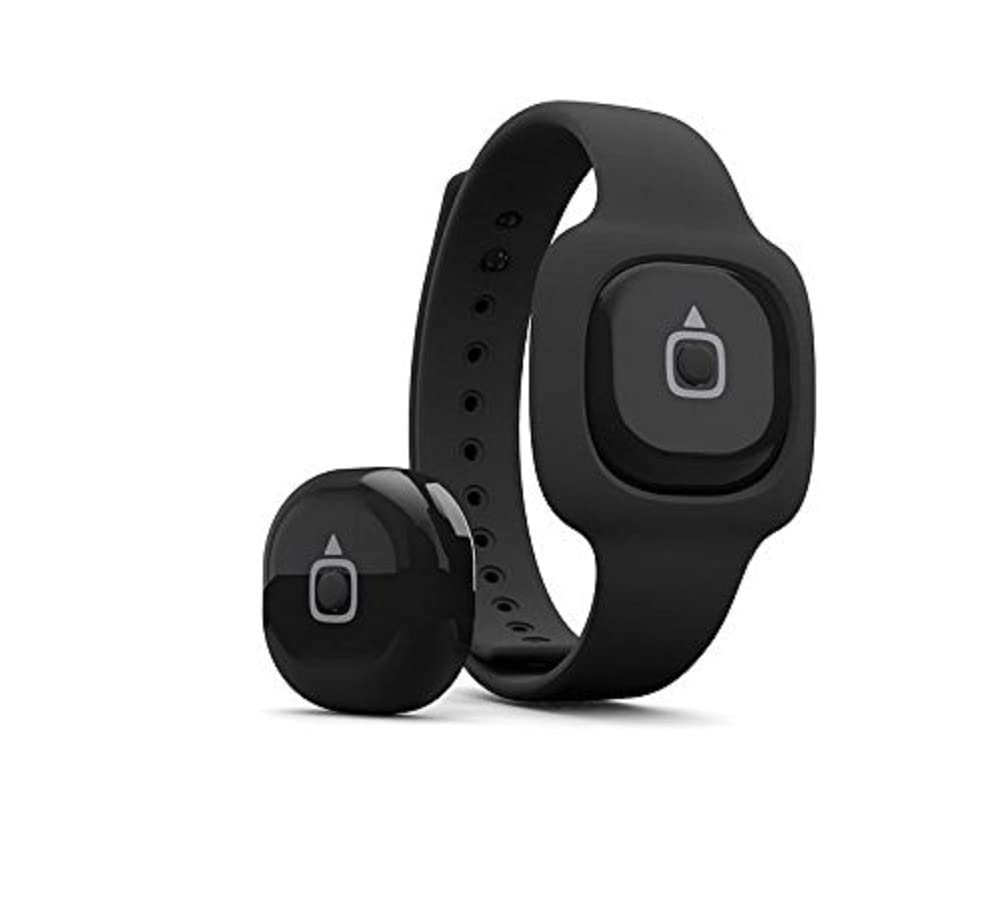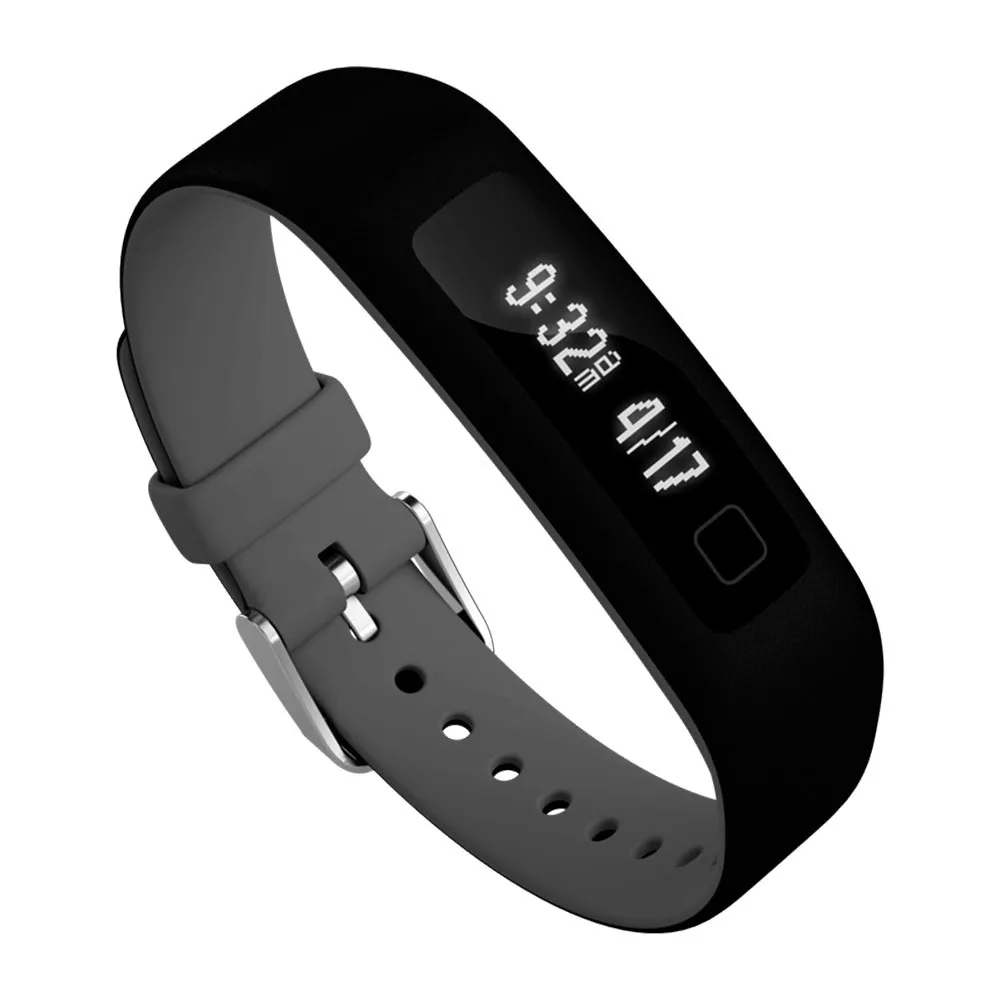Ifit bracelets – What’s So Special
Ifit bracelets, choosing an iFit bracelet can be an exciting and rewarding experience, as these wearable devices offer a wide range of features designed to help you track your fitness, monitor your health, and stay connected throughout your daily activities. In this comprehensive guide, we’ll explore the key factors to consider when selecting an iFit bracelet, including the device’s features, design, compatibility, and overall suitability for your lifestyle and fitness goals. By understanding these essential considerations, you’ll be empowered to make an informed decision and find the perfect iFit bracelet to support your health and wellness journey.

1. Understanding iFit Bracelets:
Before diving into the selection process, it’s important to have a clear understanding of what iFit bracelets are and the benefits they offer. iFit bracelets, also known as fitness trackers or smartwatches, are wearable devices equipped with a variety of sensors and features to help users monitor their physical activity, sleep patterns, heart rate, and more. These devices typically pair with smartphone apps or online platforms to provide comprehensive data and insights related to fitness and wellness.
2. Key Features to Consider:
When choosing an iFit bracelet, it’s crucial to identify the features that align with your fitness and lifestyle preferences. Here are some key features to consider:
2.1 Activity Tracking:
- Look for a device that accurately tracks your daily steps, distance traveled, active minutes, and calories burned to help you stay motivated and monitor your progress.
2.2 Heart Rate Monitoring:
- Consider a bracelet with continuous heart rate monitoring to gauge your cardiovascular health, optimize workouts, and ensure safe exercise intensity.
2.3 Sleep Tracking:
- Opt for a device that offers detailed sleep tracking, including sleep duration, quality, and patterns, to help you improve your sleep habits and overall well-being.
2.4 GPS and Outdoor Features:
- If outdoor activities are a priority, choose a bracelet with built-in GPS for accurate route tracking and features such as altimeter, compass, and weather updates.
2.5 Workout Modes:
- Select a device that offers a variety of workout modes tailored to your preferred activities, whether it’s running, cycling, swimming, or yoga, to capture specific exercise data.
2.6 Smart Notifications:
- Consider a bracelet that provides call, text, and app notifications, allowing you to stay connected without having to constantly check your phone.
2.7 Battery Life and Charging:
- Evaluate the battery life of the device and the ease of recharging to ensure it meets your usage patterns and doesn’t require frequent charging.
2.8 Water Resistance:
- If water-based activities are part of your routine, look for a bracelet with water resistance or swim tracking capabilities to withstand immersion in water.
2.9 Compatibility:
- Check the compatibility of the bracelet with your smartphone’s operating system (iOS, Android) and the availability of a dedicated app for seamless integration.
![]()
3. Design and Comfort:
The design and comfort of an iFit bracelet play a significant role in its day-to-day usability and appeal. Consider the following aspects:
3.1 Display Type and Size:
- Decide whether you prefer a touchscreen display or a traditional watch face, and assess the readability and visibility of the screen, especially outdoors.
3.2 Strap Material and Interchangeability:
- Evaluate the material and flexibility of the bracelet strap, and check if it’s interchangeable to customize the look and adapt to different activities.
3.3 Weight and Size:
- Consider the weight and size of the bracelet to ensure it feels comfortable on your wrist, especially during workouts and extended wear.
3.4 Durability and Build Quality:
- Assess the durability of the device, including the quality of materials used and the level of protection against impact, scratches, and sweat.
3.5 Aesthetic Appeal:
- Choose a design that reflects your personal style, whether it’s sleek and modern, sporty and rugged, or classic and elegant, to enhance your overall satisfaction with the bracelet.
The user interface and navigation of an iFit bracelet significantly impact the user experience. Here’s what to consider:

4.1 Intuitive Controls:
- Ensure that the device’s controls, buttons, or touchscreen are intuitive and responsive for easy operation and navigation through menus and features.
4.2 App Integration:
- Explore the companion app’s interface and features to verify its user-friendliness, data presentation, and customization options for a seamless experience.
4.3 Customization Options:
- Check if the bracelet allows you to customize watch faces, activity screens, notifications, and other settings to tailor the device to your preferences.
4.4 Data Accessibility:
- Assess how easily you can access and interpret your fitness and health data, including historical trends, daily summaries, and detailed metrics.
5. Ecosystem and Support:
Consider the broader ecosystem and support network associated with the iFit bracelet:
5.1 Software Updates:
- Research the manufacturer’s track record for providing regular software updates to add new features, improve performance, and address any issues.
5.2 Community and Social Features:
- Explore if the device or its companion app offers community engagement, challenges, and social sharing features to foster motivation and accountability.
5.3 Customer Service and Warranty:
- Evaluate the availability of customer support, warranty coverage, and service centers to address potential concerns or technical issues.
6. Price and Value:
Lastly, consider the price of the iFit bracelet in relation to its features, build quality, and long-term value. Compare different models and assess their overall value proposition based on your specific needs and budget.

How to use ifit bracelets?
- Unbox Your iFit Bracelet:
- Carefully unpack your iFit bracelet and ensure that all the components, including the bracelet itself, charging cable, user manual, and any additional accessories, are present.
- Charging Your Bracelet:
- Connect the provided charging cable to your bracelet and a power source to charge it fully before initial use. Follow the manufacturer’s instructions for charging time and indicators.
- Download the iFit App:
- Visit the App Store or Google Play Store on your smartphone and download the official iFit app. Create an account or log in if you already have one.
- Pairing Your Bracelet:
- Turn on Bluetooth on your smartphone and open the iFit app. Follow the on-screen instructions to pair your bracelet with the app and complete the setup process.
Conclusion:
Selecting an iFit bracelet involves a thoughtful consideration of its features, design, comfort, usability, and overall alignment with your fitness and lifestyle requirements. By evaluating these key factors, you can confidently choose a device that empowers you to track your fitness progress, optimize your health routines, and stay connected seamlessly. Whether you prioritize advanced fitness metrics, stylish design, or comprehensive app integration, finding the right iFit bracelet is an investment in your well-being and a valuable tool to support your fitness journey for years to come.
